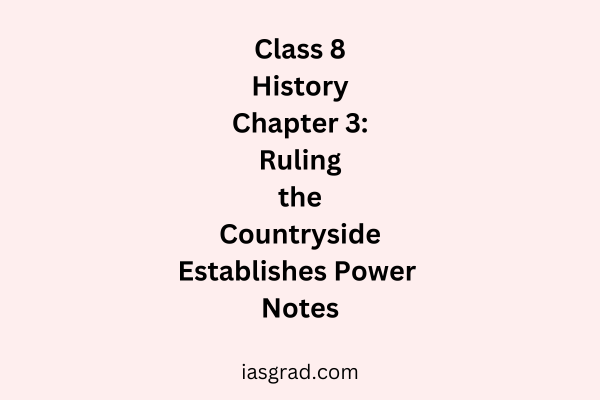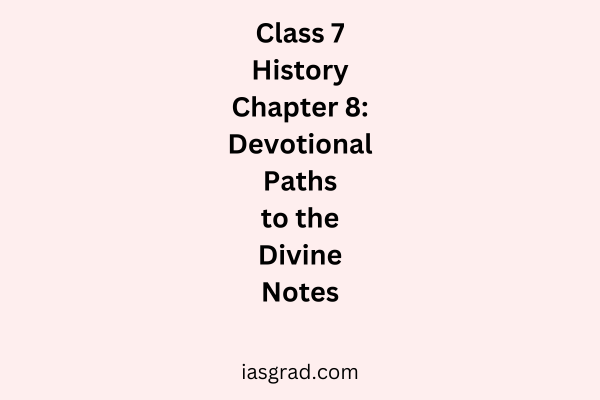Class 8 History Chapter 5: When People Rebel – 1857 and After Notes
Class 8 History Chapter 5: When People Rebel – 1857 and After Notes The Revolt of 1857, also known as the First War of Independence, was a major uprising against British rule. This chapter examines the causes of the rebellion, including the exploitative policies, economic hardships, and cultural interference by the British. It also covers […]
Class 8 History Chapter 5: When People Rebel – 1857 and After Notes Read More »









